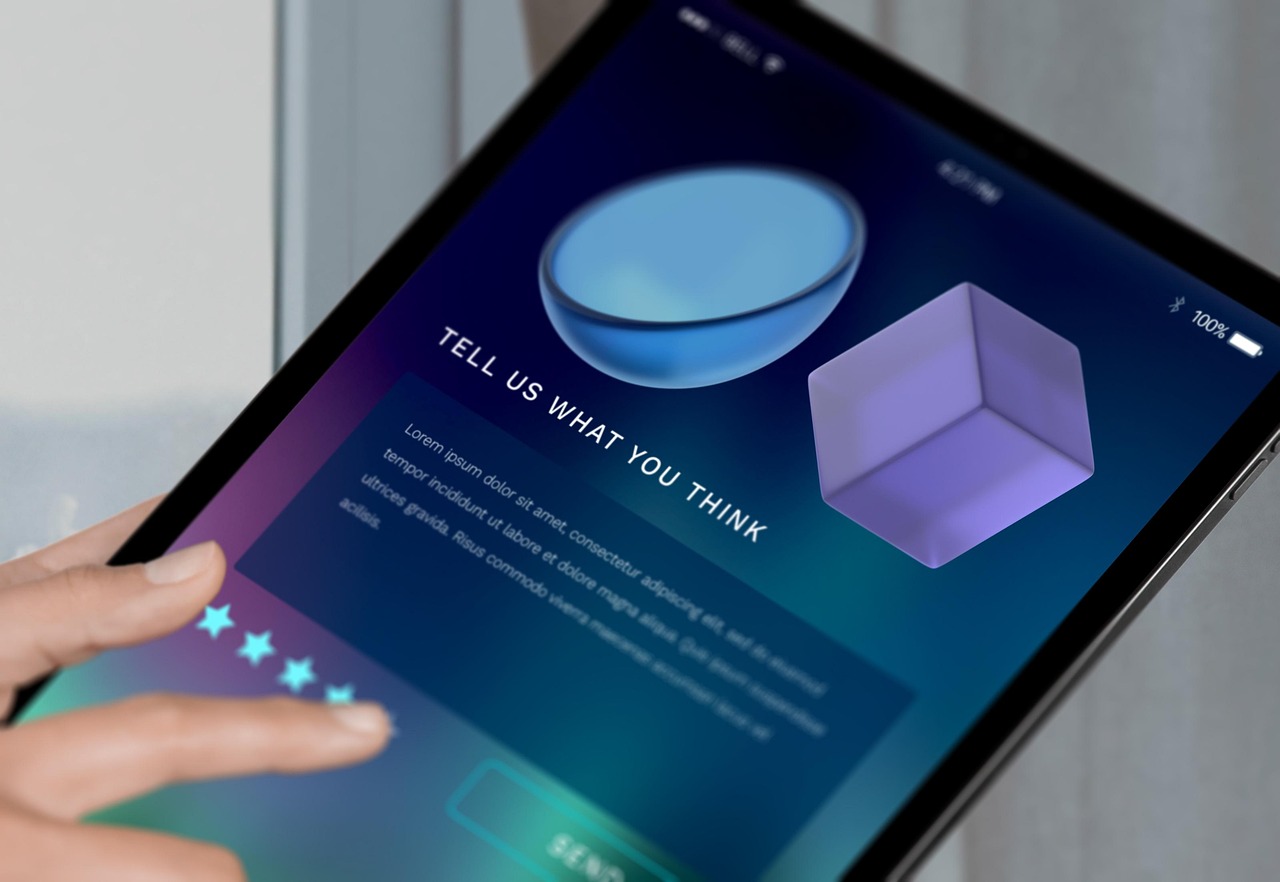How to Enhance Your Customers Experience Throughout Their Journey
For businesses looking to build strong relationships and drive long-term loyalty, streamlining the customer experience becomes vital. From the initial contact to post-sale support, your business needs to optimise every stage of the customer journey to boost revenue, customer satisfaction, and retention.
But how, exactly, do you enhance the customer journey to tap into the above benefits? Fortunately, we’ve researched and collected key strategies guaranteed to streamline your business’s customer journey.
Utilise Personalised Onboarding
Personalisation is key to connecting with customers, with the first impression setting the tone for the entire customer relationship. By creating a personalised onboarding process, you ensure that customers feel welcomed—and stay informed.
As for creating a personalised onboarding customer experience, utilise data to tailor your business’s customer onboarding materials. This personalisation could include customised email sequences, guided product tutorials, or dedicated account managers.
For example, Spotify’s onboarding process personalises playlists based on user preferences, ensuring an immediate and engaging experience. Similarly, financial institutions leveraging client lifecycle management solutions reduce friction and enhance compliance by streamlining onboarding with automated KYC (Know Your Customer) and AML (Anti-Money Laundering) checks.
This personalisation gives your customers an immediate stake in your product, service, or software. There’s an immediate connection, making them much more likely to stick around for the long haul.
Offer Seamless Omnichannel Support
Omnichannel support has become the norm. Customers expect to be able to interact with brands across multiple channels, whether via email, live chat, social media, or phone.
That means you, too, need to offer seamless omnichannel support to ensure that customers receive consistent and efficient service, no matter where they reach out from.
A great example of this is Nike. Nike’s customer service integrates chatbot assistance on its website, social media DM support, and phone call options. Customers can choose customer support on their preferred platform, creating a seamless omnichannel support system.
To offer omnichannel support, use AI-driven chatbots, self-service portals, and well-trained support teams to speed up response times and increase overall customer satisfaction.
Adopt Proactive Communication
Keeping customers informed about updates, promotions, or potential issues helps build brand trust and community engagement. However, that requires consistent proactive communication, such as order status notifications, personalised offers, and follow-up emails.
Amazon excels in this area. They send real-time delivery updates and proactive customer support messages when there are delays with deliveries. Customers are always in the know, making them less stressed and more trusting of Amazon.
Using automated CRM systems can help you efficiently track and personalise interactions, ensuring no customer feels ignored while simultaneously enhancing the overall customer experience.
Provide Customised Loyalty Programs
Retention is just as important as acquisition and is crucial for growing your revenue and brand. Whether it’s tiered rewards, exclusive discounts, or early access to new products, a well-designed loyalty program can create long-term engagement.
For instance, Starbucks Rewards tracks customer purchases and offers free drinks, birthday treats, and bonus stars. This incentivises customers to return to the store. Another great example is Sephora, which has a Beauty Insider program that provides exclusive discounts and events tailored to customer preferences.
To effectively boost engagement and brand loyalty, provide customised loyalty programs with genuine appeal, the type that gets customers excited about returning for your product or service.
Create a Streamlined Checkout and Payment Process
A cumbersome checkout process and cart abandonment go hand in hand. Nobody wants to struggle when paying online.
That’s why it’s so important to simplify payment. Offer customers multiple payment options, like digital wallets, one click checkouts, and clear pricing structures, to effectively improve the purchasing experience.
Apple Pay and Google Pay provide seamless one-click checkout options that minimise friction, while Amazon’s “Buy Now” button simplifies purchases with stored payment details. Learn from these examples to create a checkout process that is both intuitive and mobile-friendly.
Optimise Post-Sale Engagement and Support
Customer experience doesn’t end after the customer hits the “Purchase” button. Post-sale support, including detailed FAQs, live chat assistance, and follow-up surveys, are still part of the customer journey. Getting it right will help you strengthen your business’s customer relationships.
For example, Apple provides robust post-sale support through its AppleCare program. The program offers extended warranties, tech support, and in-store assistance.
Make a point of offering proactive support, such as warranty reminders or troubleshooting guides, and demonstrate a commitment to long-term customer success.
Leverage Customer Feedback for Future Customer Journeys
Lastly, make improving the customer experience a long-term priority. But continuous improvement doesn’t happen without robust and fresh customer insights.
Airbnb, for instance, actively collects guest and host reviews after each stay. This has been a crucial strength in fostering transparency and building trust within its community.
Gather feedback by encouraging feedback through surveys, reviews, and social media engagement. This information will help you pinpoint bottlenecks and optimise the lackluster section of the customer journey.
Use tools like Trustpilot or Google Reviews to provide a platform for customers to review your business. Use this data to then identify areas for enhancement based on real customer experiences.











